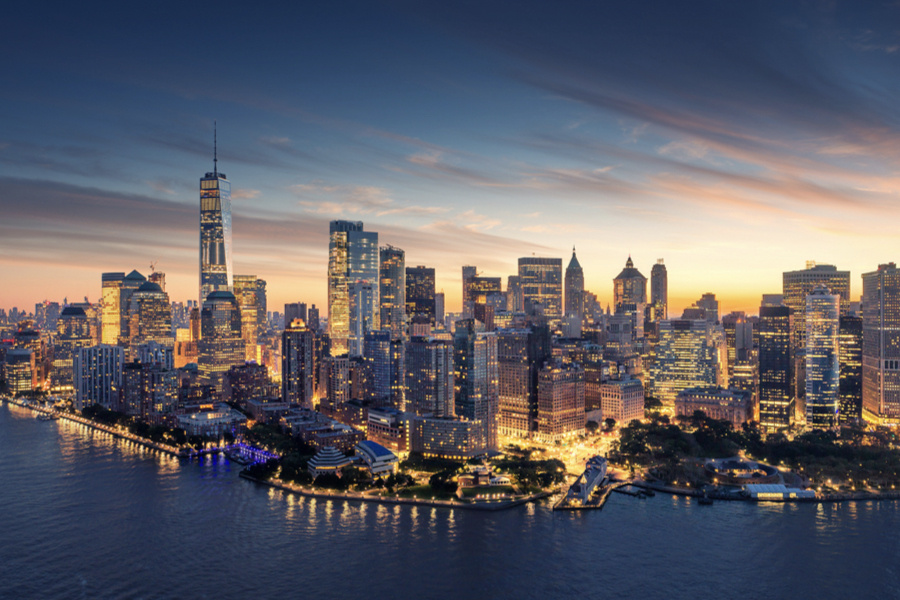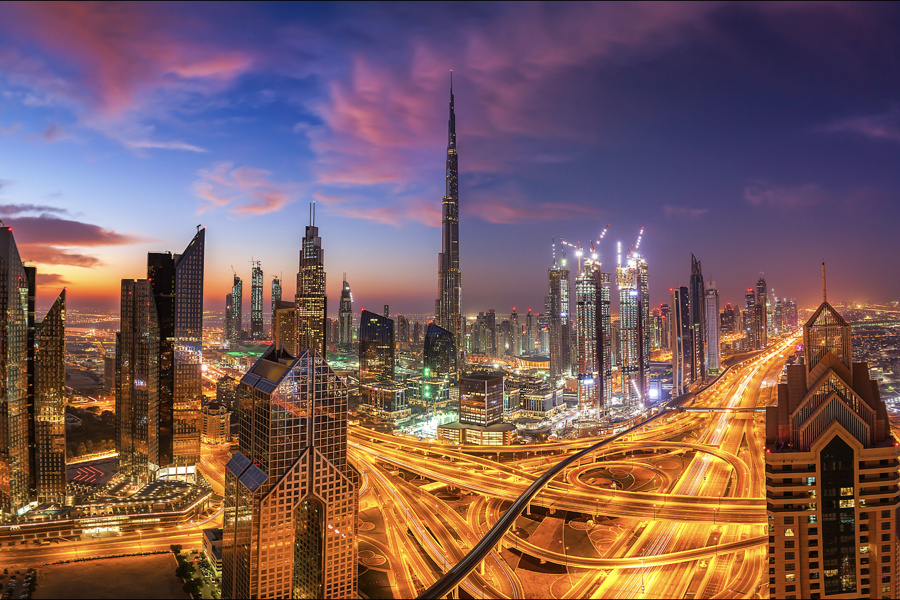Principal Investors
and Business Builders
Safanad builds great companies with like-minded partners, supported by strong operating platforms.
Principal Investors
and Business Builders
Safanad builds great companies with like-minded partners, supported by strong operating platforms.
Principal Investors
and Business Builders
Safanad builds great companies with like-minded partners, supported by strong operating platforms.
Our Business
Safanad is a principal investor and business builder focused on integrated investment and operational excellence.
Our Board
Our Board of Directors comprises of distinguished, highly experienced professionals that provide governance and exceptional network access.
Our Team
We are platform-focused investors and operators. Our approach involves rigorous screening, due diligence, transacting, and approval processes.
Our Platforms
We focus on global investment in key platforms across the Education, Healthcare, Digital Infrastructure, and Real Estate sectors.
Our Investment Platforms
We focus on global investment in key platforms across the Education, Healthcare, Digital Infrastructure, and Real Estate sectors.
Education
Our Education platform owns and operates innovative learning solutions and institutions that drive educational outcomes. We focus on opportunities that enhance access, quality, and efficiency across the education spectrum.
Healthcare
Our Healthcare platform owns and operates facilities to deliver high-quality patient care to elderly communities across UK. We have also historically invested in facilities and care operators across the US.
Digital Infrastructure
Our Digital Infrastructure platform helps facilitate the digital transformation and AI revolution ongoing in the world today. We build and operate colocation datacenters that enable data storage, processing, and transmission, supporting the growing demand for connectivity, cloud services, and AI.
Real Estate
Our Real Estate platform focuses primarily on equity investments in multifamily and hospitality across the US. We employ a strategic approach by forming long-term relationships with operating partners to identify, acquire and/or build, and manage assets to ensure they are among the most desirable in their communities.
Safanad KSA
Our Safanad KSA platform operates as a strategic regional investment firm in Saudi Arabia. It leverages deep local market knowledge and privileged deal access to deliver investment and operational excellence tailored to the Saudi market.
Our Locations
We are a successful business-builder in the most competitive and sophisticated economies around the world, including the US and Europe.

New York
505 Fifth Avenue
24th Floor
New York, NY 10017
United States of America
Location
T +1 212 468 5600
F +1 212 412 9000

Dubai
The Gate, District 4
West Tower, Level 6
Office Unit 5, DIFC
United Arab Emirates
Location
T +971 4 312 9700
F +971 4 312 9777

Riyadh
Business Gate Building C2
Unit 27, Airport Road
Riyadh, 13244
Kingdom of Saudi Arabia
Location
T +966 11 463 6363





